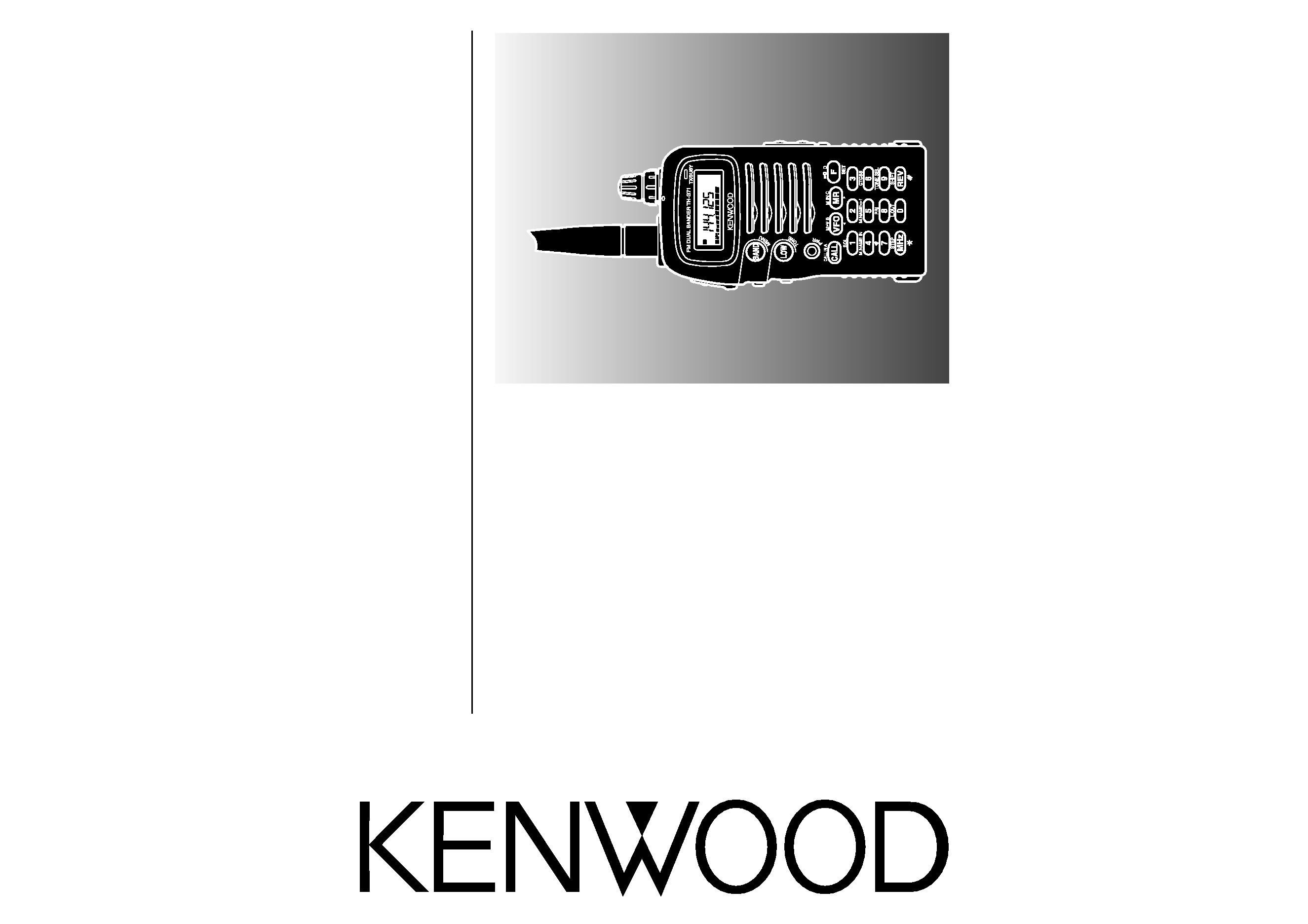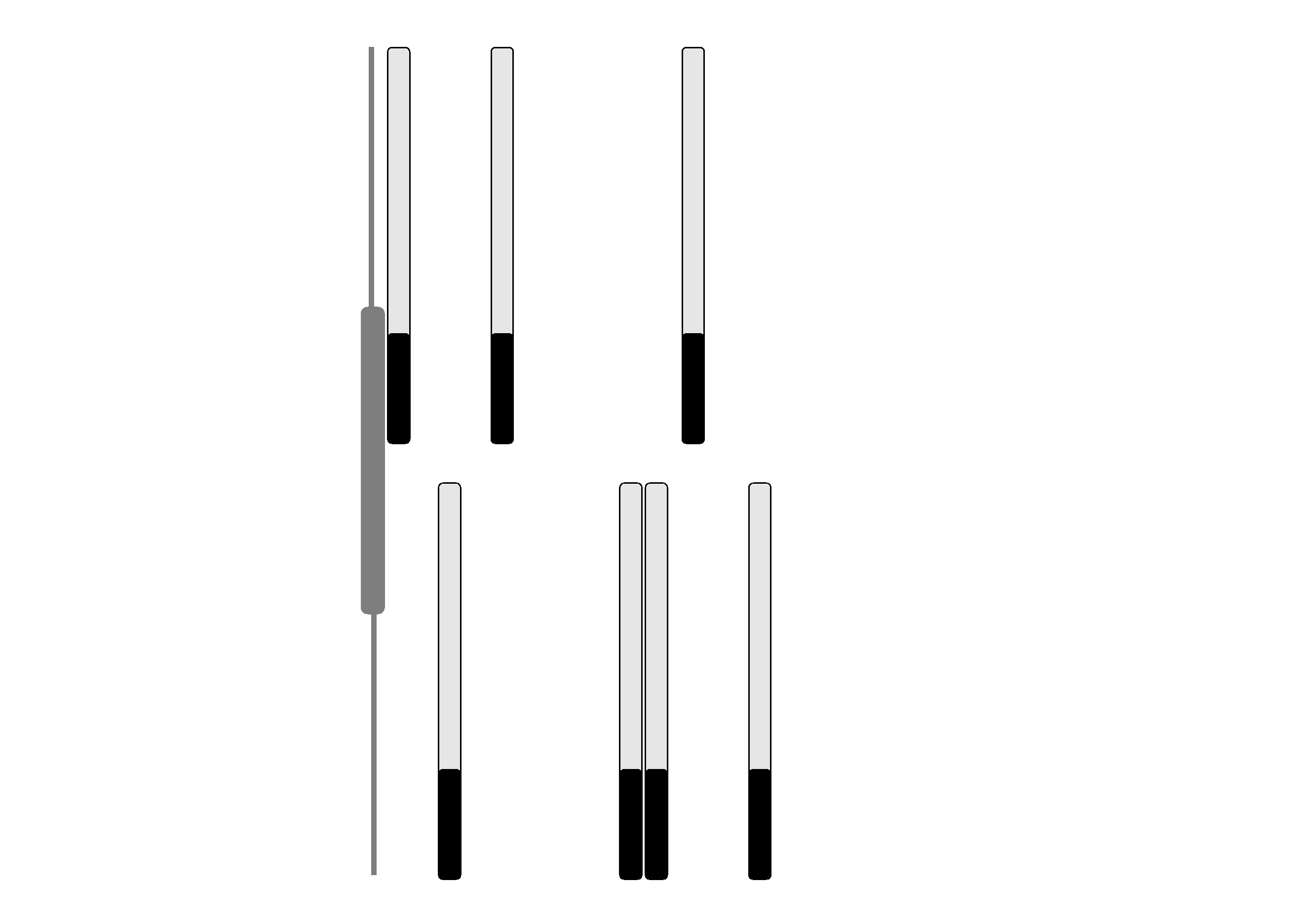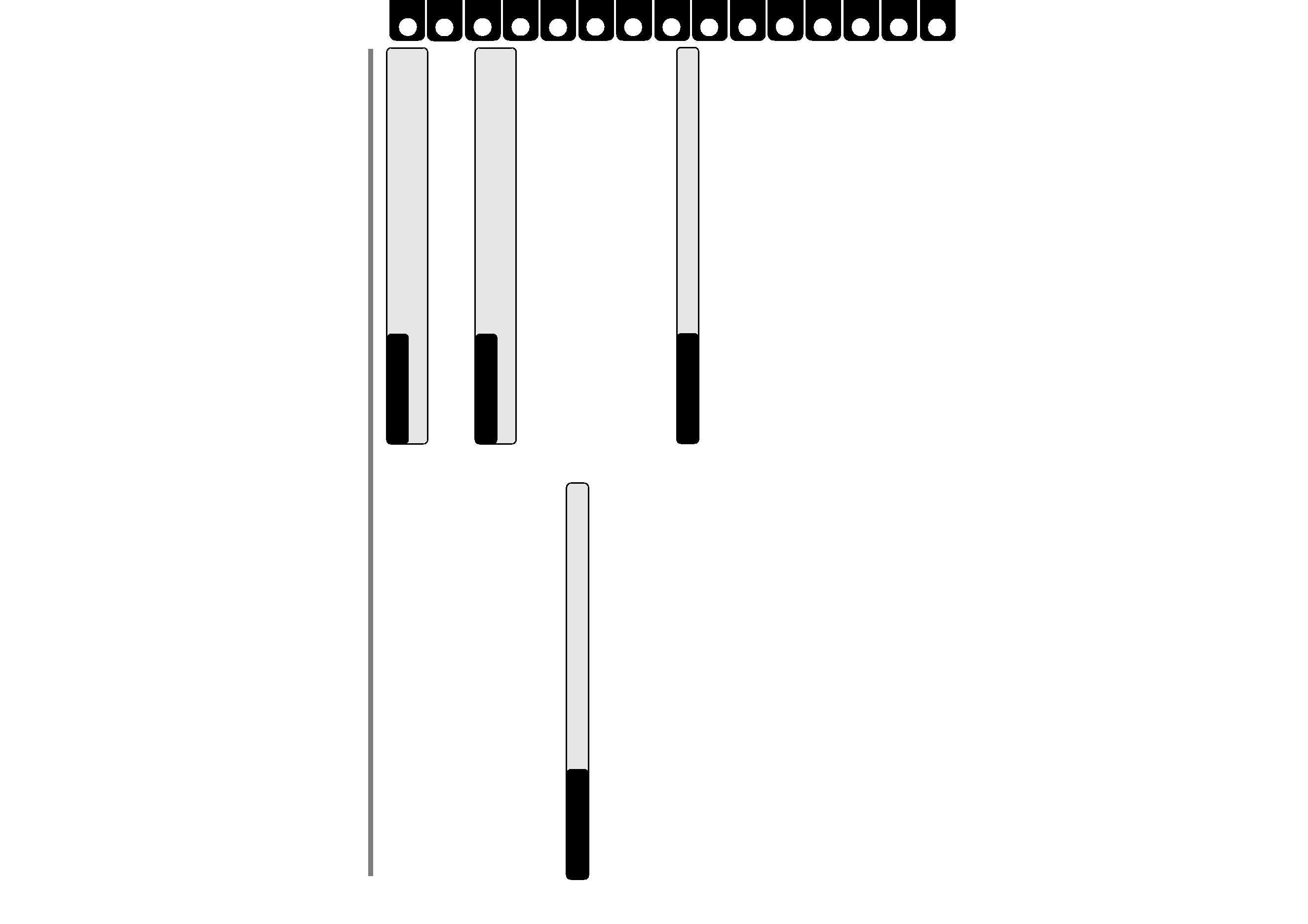
INSTRUCTION MANUAL
© B62-0739-20 (K,E,T,M)
09 08 07 06 05 04 03 02
KENWOOD CORPORATION
144/440 MHz FM DUAL BANDER
144/430 MHz FM DUAL BANDER
TH-G71A
TH-G71A
144/430 MHz FM DUAL BANDER
TH-G71E

1
2
3
4
5
6
7
8
9
10
11
12
13
14
15
2
MICROPHONE CONTROL
THANK YOU!
We are grateful you decided to purchase this
KENWOOD FM transceiver. This series of handhelds
was developed to satisfy the requirement for a compact
rig that's simple to operate yet contains numerous
sophisticated features. KENWOOD believes that the
compact size, coupled with reasonable cost, will meet
your satisfaction.
MODELS COVERED BY THIS MANUAL
The models listed below are covered by this manual.
TH-G71A:
144/440 MHz FM Dual Bander
(U.S.A./ Canada)
TH-G71A:
144/430 MHz FM Dual Bander
(General market)
TH-G71E:
144/430 MHz FM Dual Bander
(Europe)
FEATURES
This transceiver has the following main features.
· Contains a total of 200 memory channels
programmable with separate receive and transmit
frequencies as well as simplex frequencies, and other
various data.
· Allows each memory channel to be named using up
to 6 alphanumeric characters; you may assign a
name such as a callsign or repeater name.
· If programmed, the built-in Continuous Tone Coded
Squelch System (CTCSS) rejects unwanted calls
from other persons who are using the same
frequency.
· Equipped with a high performance antenna.
· Illuminates the keys on the keypad as well as the
display to permit easy operation in the dark.

i
1
2
3
4
5
6
7
8
9
10
11
12
13
14
15
MICROPHONE CONTROL
NOTICES TO THE USER
PRECAUTIONS
Please observe the following precautions to prevent
fire, personal injury, or transceiver damage:
· Do not transmit with high output power for
extended periods. The transceiver may overheat.
· Do not modify this transceiver unless instructed by
this manual or by KENWOOD documentation.
· When using a regulated power supply, connect the
specified DC cable (option) to the DC jack on the
transceiver. The supply voltage must be between
6 V and 16 V to prevent damaging the transceiver.
· When connecting the transceiver to a cigarette
lighter socket in a vehicle, use the specified
cigarette lighter cable (option).
· Do not expose the transceiver to long periods of
direct sunlight nor place the transceiver close to
heating appliances.
· Do not place the transceiver in excessively dusty
areas, humid areas, wet areas, nor on unstable
surfaces.
· If an abnormal odor or smoke is detected coming
from the transceiver, turn OFF the power
immediately and remove the battery case or the
battery pack from the transceiver. Contact a
KENWOOD service station or your dealer.
ATTENTION (U.S.A. Only):
The RBRC Recycle seal found on KENWOOD
nickel-cadmium (Ni-Cd) battery packs indicates
KENWOOD
's voluntary participation in an industry
program to collect and recycle Ni-Cd batteries after
their operating life has expired. The RBRC program
is an alternative to disposing Ni-Cd batteries with
your regular refuse or in municipal waste streams,
which is illegal in some areas.
For information on Ni-Cd battery recycling in your area, call (toll free)
1-800-8-BATTERY (1-800-822-8837).
KENWOOD
's involvement in this program is part of our commitment
to preserve our environment and conserve our natural resources.
FCC WARNING
This equipment generates or uses radio frequency energy. Changes
or modifications to this equipment may cause harmful interference
unless the modifications are expressly approved in the instruction
manual. The user could lose the authority to operate this equipment
if an unauthorized change or modification is made.
INFORMATION TO THE DIGITAL DEVICE USER REQUIRED BY
THE FCC
This equipment has been tested and found to comply with the limits
for a Class B digital device, pursuant to Part 15 of the FCC Rules.
These limits are designed to provide reasonable protection against
harmful interference in a residential installation.
This equipment generates, uses and can generate radio frequency
energy and, if not installed and used in accordance with the
instructions, may cause harmful interference to radio communications.
However, there is no guarantee that the interference will not occur in a
particular installation. If this equipment does cause harmful
interference to radio or television reception, which can be determined
by turning the equipment off and on, the user is encouraged to try to
correct the interference by one or more of the following measures:
·
Reorient or relocate the receiving antenna.
·
Increase the separation between the equipment and receiver.
·
Connect the equipment to an outlet on a circuit different from that
to which the receiver is connected.
·
Consult the dealer for technical assistance.
One or more of the following statements may be
applicable:

1
2
3
4
5
6
7
8
9
10
11
12
13
14
15
ii
SUPPLIED ACCESSORIES ..................................... 1
CONVENTIONS FOLLOWED IN THIS MANUAL .... 1
CHAPTER
q
q
q
q
q
PREPARATION
BATTERY OPERATING TIME .................................. 2
INSTALLING THE NiCd BATTERY PACK ................ 2
INSTALLING ALKALINE BATTERIES ...................... 3
INSTALLING THE ANTENNA ................................... 4
ATTACHING THE HAND STRAP ............................. 4
INSTALLING THE BELT HOOK ............................... 4
CHAPTER
w
w
w
w
w
FIRST QSO
CHAPTER
e
e
e
e
e
GETTING ACQUAINTED
ORIENTATION .......................................................... 6
BASIC TRANSCEIVER MODES .............................. 6
DISPLAY ................................................................... 7
CHAPTER
r
r
r
r
r
OPERATING BASICS
SWITCHING POWER ON/OFF ................................ 8
ADJUSTING VOLUME ............................................. 8
ADJUSTING SQUELCH ........................................... 8
SELECTING A BAND ............................................... 9
SELECTING FREQUENCIES .................................. 9
TRANSMITTING ....................................................... 9
Selecting Output Power ....................................... 9
CONTENTS
CHAPTER
t
t
t
t
t
MENU SET-UP
WHAT IS A MENU? ................................................ 10
MENU ACCESS ...................................................... 10
MENU CONFIGURATION ...................................... 11
CHAPTER
y
y
y
y
y
OPERATING THROUGH REPEATERS
REPEATER ACCESS ............................................. 12
Selecting Offset Direction .................................. 13
Selecting Offset Frequency ............................... 13
Activating Tone Function ................................... 14
Selecting a Tone Frequency .............................. 14
Automatic Repeater Offset
(U.S.A./ Canada/ Europe Only) ......................... 15
REVERSE FUNCTION ........................................... 16
CHAPTER
u
u
u
u
u
MEMORY CHANNELS
SIMPLEX&REPEATER OR ODD-SPLIT
MEMORY CHANNEL? ........................................... 17
STORING SIMPLEX FREQUENCIES OR
STANDARD REPEATER FREQUENCIES ............. 18
STORING ODD-SPLIT REPEATER
FREQUENCIES ...................................................... 18
RECALLING MEMORY CHANNELS ..................... 19
CLEARING MEMORY CHANNELS........................ 19
NAMING MEMORY CHANNELS ............................ 20
SWITCHING MEMORY NAME/ FREQUENCY
DISPLAY ................................................................. 20

iii
1
2
3
4
5
6
7
8
9
10
11
12
13
14
15
CALL CHANNEL ..................................................... 21
Recalling the Call Channel ................................ 21
Changing Call Channel Contents ...................... 21
MEMORY
VFO TRANSFERS ............................ 22
CHANNEL DISPLAY FUNCTION ........................... 22
INITIALIZING MEMORY ......................................... 23
Partial Reset (VFO) ........................................... 23
Full Reset (Memory) .......................................... 23
CHAPTER
i
i
i
i
i
SCAN
SCAN RESUME METHODS .................................. 25
Selecting Scan Resume Method ....................... 25
VFO SCAN.............................................................. 26
MEMORY SCAN ..................................................... 26
Locking Out Memory Channels ......................... 27
MHz SCAN.............................................................. 27
PROGRAM SCAN .................................................. 28
Setting Scan Limits ............................................ 28
Using Program Scan ......................................... 29
CALL/VFO SCAN ................................................... 29
CALL/MEMORY SCAN ........................................... 29
PRIORITY SCAN .................................................... 30
Storing Frequency in Priority Channel .............. 30
Selecting Priority Scan Method ......................... 31
Using Priority Scan ............................................ 31
CHAPTER
o
o
o
o
o
CONTINUOUS TONE CODED
SQUELCH SYSTEM (CTCSS)
USING CTCSS ....................................................... 32
Automatic Tone Frequency ID ........................... 33
CHAPTER
!0
!0
!0
!0
!0
DUAL TONE MULTI-FREQUENCY
(DTMF) FUNCTIONS
MAKING DTMF CALLS .......................................... 34
DTMF Tone TX Hold .......................................... 34
Autopatch (U.S.A. and Canada) ........................ 34
STORING DTMF NUMBERS FOR AUTOMATIC
DIALER ................................................................... 35
CONFIRMING STORED DTMF NUMBERS .......... 35
TRANSMITTING STORED DTMF NUMBERS ....... 36
CHAPTER
!1
!1
!1
!1
!1
AUXILIARY FUNCTIONS
TX INHIBIT ............................................................. 37
TRANSCEIVER LOCK ........................................... 37
AUTOMATIC POWER OFF (APO) ......................... 37
BATTERY SAVER ................................................... 37
LAMP FUNCTION .................................................. 38
BEEP ON/OFF ........................................................ 38
SWITCHING AM/FM MODE
(U.S.A./ CANADA ONLY) ....................................... 38
TONE ALERT .......................................................... 38
